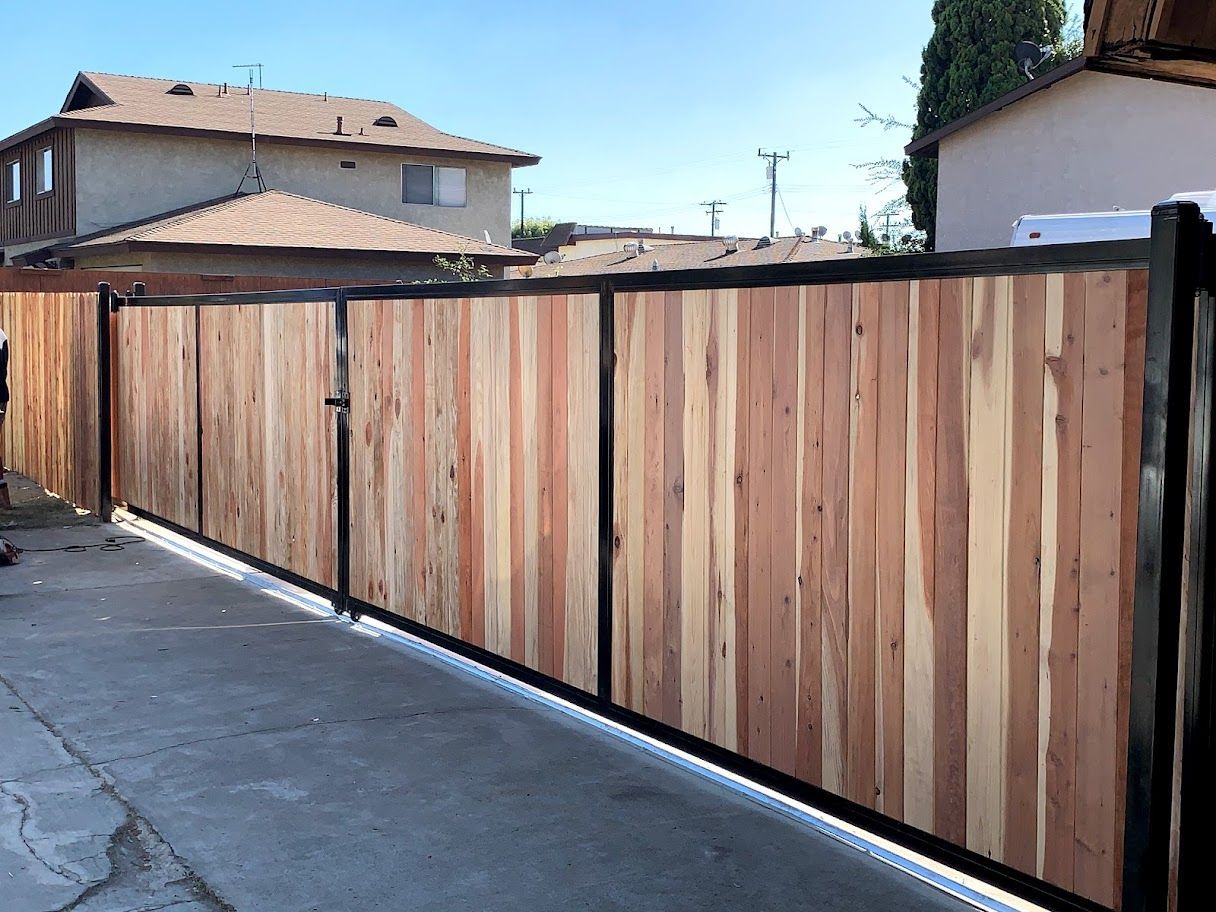All Categories
Featured

When taking into consideration installing a fence on your home, one of the most vital steps is to understand whether you require a license. Fencing installments usually need a license to make certain that the structure follows local zoning legislations, constructing codes, and safety standards. The details permits needed can differ depending on your area, the kind of fencing you intend to mount, and the elevation or positioning of the fence. Here's an overview to aid you navigate the procedure of getting a fencing license and make sure that your installment is legal and easy.
Why You Need a License for a Fencing Installment. A fencing license is required to make sure that the installment satisfies local laws. The authorization process assists regional authorities verify that your fence does not conflict with website traffic exposure, regard your residential or commercial property lines, or violate elevation restrictions. It likewise guarantees the security of the structure, so it doesn't pose a threat to you, your next-door neighbors, or the general public. Installing a fencing without a license can cause fines, removal of the fence, or hold-ups in building, so it's vital to check whether an authorization is needed prior to beginning your task.
Kinds Of Authorizations You May Require. There are a few typical kinds of permits you might need for a fence installation:
Structure Permit. A building authorization is the most typical permit needed for fencing installments. This license guarantees that the fencing fulfills safety and security standards and is constructed according to local building regulations. A building permit is generally needed if the fencing exceeds a certain elevation (commonly 6 feet), is made of certain materials, or lies near a public walkway or road.
Zoning Permit. A zoning license might be required to validate that your fence follows local zoning legislations. Zoning guidelines can dictate where a fencing can be positioned on your residential or commercial property, how high it can be, and whether it is allowed in certain areas (such as along home lines or ahead lawns) As an example, some communities have guidelines restricting the height of surround the front lawn to make sure exposure for motorists and pedestrians.

Problem Authorization. If you are constructing a fencing near your property line or close to a road, you might need a problem authorization. A problem refers to the distance a framework, consisting of fences, need to be from the residential or commercial property line. Obstacle guidelines vary by location, and ensuring that your fence is put properly can stop disputes with next-door neighbors and avoid infractions.
Homeowner Organization (HOA) Authorization. If you reside in a community governed by a House owner's Association (HOA), you might require approval from them in enhancement to local authorizations. HOA rules commonly cover the kind of products, elevation, style, and shade of fences. Even if your neighborhood government does not need a license, your HOA may still have specific standards that require to be followed.
Just How to Obtain a Fencing Authorization. To look for a fencing authorization, you'll need to contact your local building division or preparation office. The application procedure usually entails submitting a form, paying a charge, and submitting a website plan of your residential or commercial property that reveals the recommended place of the fence. You might additionally require to consist of information about the products, elevation, and layout of the fence.
In many cases, a regional authorities might require to examine your residential property prior to approving the license. As soon as the license is approved, you will be licensed to continue with your fencing installation.
When Is an Authorization Not Required? In specific situations, a license might not be called for. These situations can include:
Reduced Height Fences: In several areas, fencings that are below a particular height (commonly 3 to 4 feet) might not require an authorization, especially if they are positioned in the backyard or various other non-visible locations.
Fencing Replacement: If you're replacing an existing fencing with the very same height and material, some locations may not need a new authorization.
Non-Obtrusive Fences: Short-lived or ornamental fences, such as those used for gardening or landscape design objectives, may not require permits as long as they are reduced and not long-term.
Nevertheless, it is essential to check with your local zoning workplace or structure division, as laws can differ by jurisdiction.
Effects of Not Obtaining a License. Failing to get the necessary licenses can bring about considerable effects. These include penalties, compelled removal of the fencing, and even delays in construction. Furthermore, if your fence doesn't satisfy neighborhood regulations, you might face lawful problems with next-door neighbors or regional authorities.

Conclusion. By making sure that you adhere to regional regulations and acquire the essential permits, you can guarantee and stay clear of pricey blunders that your fencing is legitimately certified. Inspect with your neighborhood structure division, HOA, and zoning office to establish what authorizations are required for your certain fence job.
Latest Posts
Seeking a Auto Repair Shop in St. Louis? Choose Car-X St. Louis for Professional Service
Published Apr 21, 25
1 min read
The Roadway to Financial Freedom Begins Here
Published Apr 21, 25
1 min read
Inquire for Your Desire Occasion at Enjoyable City Hotel
Published Apr 21, 25
1 min read
More
Latest Posts
Seeking a Auto Repair Shop in St. Louis? Choose Car-X St. Louis for Professional Service
Published Apr 21, 25
1 min read
The Roadway to Financial Freedom Begins Here
Published Apr 21, 25
1 min read
Inquire for Your Desire Occasion at Enjoyable City Hotel
Published Apr 21, 25
1 min read